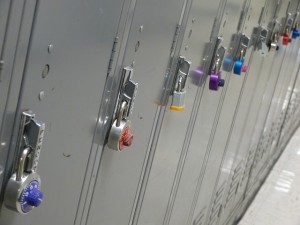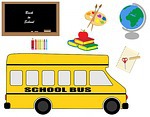Starting school for any child or parent can be stressful. A child with autism may have difficulty transitioning from being home with little structure and interactions with others to being in a classroom environment with new people and new expectations. Below are a few strategies to help make the transition to beginning school a success for your child:
1) Write a social story about school. The social story needs to tell the child the Who, What, Where, and How of school.
a. WHO will the child see during the day
b. WHAT will the child be asked to do
c. WHAT behaviors peers will demonstrate during the day
d. WHAT behaviors he should demonstrate during the day
e. WHERE will the child go during the day
f. HOW will the teachers feel, and how HE will feel, when he follows directions and demonstrates appropriate behaviors
g. (If necessary) WHAT he will earn at school and home for appropriate behavior during the school day
2) Visit the school. If the school is willing, schedule a time where your child can come in and visit the school, meet the teacher, and the aide if applicable, and become familiarized with the school building. Take pictures of your child’s classroom, the teacher, other Important school staff, the hallways, the bathroom, play areas, materials, etc, and anything else that will be important in helping your child. During this visit, obtain a list or schedule from the child’s teacher so you can begin to introduce the classroom routine at home. These pictures can be used to create a visual daily schedule for your child.

3) Develop structure and routine. You can begin to introduce a morning routine at a consistent time that will include waking up, getting dressed, eating breakfast, and doing an activity. This consistency will aide in the transition to school.
4) Teach Pre-Academic/ Learning Readiness Skills. Begin working on preacademic skills with your child at home as pre-teaching for the classroom setting. Some kindergarten learning readiness skills include:
a. Following simple one step instructions
b. Following related multiple step instructions in a functional sequence (put your plate in the sink and your napkin in the trash)
c. Makes eye contact when his name is called
The transition may be long and tough, but together, you all can make it the best transition ever for your child.




What if the parents are not admitting or in denial that their child is autistic, and trying to get them into school?
That’s a situation that we do encounter. The school administration conducts an evaluation and places the child in a classroom based on skill level, not diagnosis.